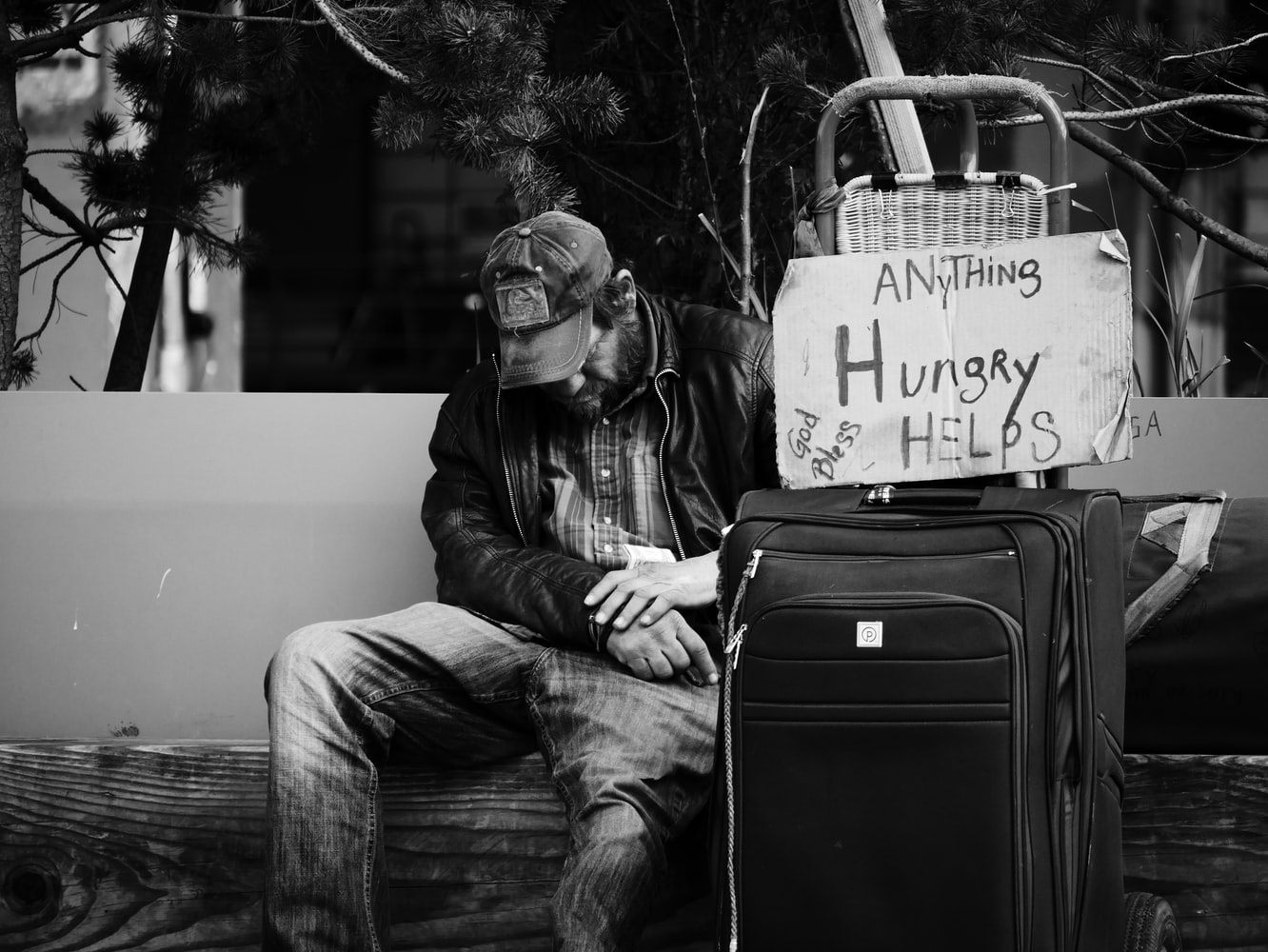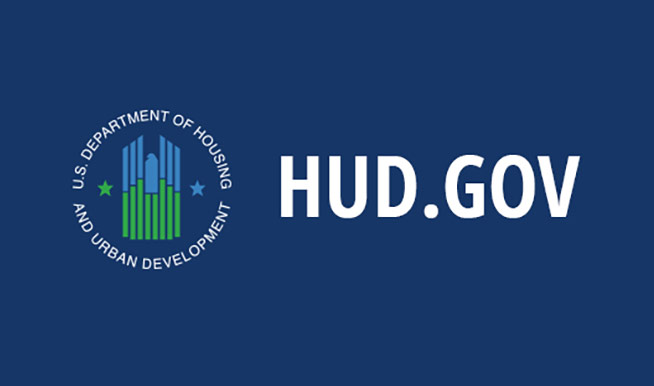Table of Contents
The U.S. Department of Housing and Urban Development (HUD) creates policies and provides services that address America’s underlying problems with housing. Americans seek the help of HUD to get a mortgage loan to buy a home, afford rent with a housing voucher, and ensure fair market rent prices in their neighborhoods. HUD has multiple programs committed to making renting and homeownership more accessible to low-income Americans.
Top 7 HUD Programs
- Section 8
- Public Housing
- FHA Mortgage and Loan Insurance
- Community Development Block Grants (CDBG)
- HOME Investment Partnerships Program
- Homeless Assistance
- Fair Housing Assistance Program (FHAP)
The primary mission of HUD is to create fair and equal housing for all. This mission covers public housing, multifamily housing, and various other types of housing setups. HUD seeks to help everyone – from a new homebuyer to low-income households – acquire and maintain housing that’s safe and sanitary for an individual or family to live in.
The reason for various HUD programs is that each program targets a different goal. For example, FHA mortgages provide affordable mortgage loan options through FHA-approved lenders. Homeless assistance through HUD is available to homeless veterans and other people who need housing. When you contact HUD for assistance, a representative can help guide you to the right department and program based on your needs.
What Is HUD?
HUD is a federal program that assists people with affordable and fair housing and enforces fair housing policies. Through multiple programs, HUD works to ensure that people have sanitary and safe housing. This assistance comes through programs that develop communities to raise their living standards, provide rental assistance to low-income families, and enforce fair housing policies.
HUD was established in 1965 as a response to poverty during President Lyndon B. Johnson’s term. Prior programs and legislation have helped develop HUD into what it is today. This includes the U.S. Housing Act of 1937, which provided financial assistance to improve unsafe and unsanitary living conditions for low-income families.
Since its beginning, HUD has developed several other agencies and programs to help it adhere to its mission. The Federal Housing Administration, for example, provides homeowners with affordable mortgages. The Fair Housing Act in 1968 established fair housing laws that prevented discrimination toward people based on age, sex, national origin, religion, and other factors.
How Does HUD Work?
HUD, or the Department of Housing and Urban Development, is all about helping different groups of people find and maintain places to live. They focus on folks like families with lower incomes, elderly individuals, those with disabilities, and others who might be struggling. HUD gives financial help to people in need to pay rent, special vouchers, or even grants.
Making Housing Affordable
HUD plays a big role in ensuring housing is affordable for everyone. They work to prevent homelessness and make sure the economy stays steady. They team up with local governments, groups that aren’t out to make money, and businesses to create more homes that people can afford. Their incentives give builders and developers reasons to create homes for folks with less money.
Treating Everyone Fairly
A major focus for HUD is to treat everyone fairly and stop any unfair treatment. They enforce a law called the Fair Housing Act. This law makes it illegal to treat someone differently because of things like their skin color, where they’re from, their religion, if they have a disability, their gender, or other personal factors. If anyone complains about unfair treatment, HUD looks into it and tries to teach the people renting out homes and those looking for homes about their rights.
Renewing Cities and Helping Communities
But HUD doesn’t stop at just homes. They care about making cities better overall. They back projects that want to make cities more vibrant and strong. These projects try to improve neighborhoods by fixing things like roads, parks, and other public spaces. The goal is to make these areas more inviting and better for everyone who lives there. This also helps cities grow and helps people get along with each other.
Taking Care of Our World
Lastly, HUD wants to make sure that when we build homes, we’re not hurting the planet. They want housing that’s good for people, the economy, and the environment. They want homes that make sense now and in the future. This way, we can keep our communities happy and healthy for a long time.
Top 7 HUD Programs
The following seven HUD programs can help you understand what is HUD and how it helps people get affordable housing.
1. Section 8
Section 8 is one of HUD’s most well-known programs. The program targets increasing affordable housing for low-income families while ensuring that the eligible HUD housing remains safe and sanitary for those families.
Section 8 was established under the U.S. Housing Act of 1937 as the 8th section of the law. The program has a few sub-programs within it to help different types of families get the housing they need.
To qualify for Section 8, a family must first meet income guidelines based on the area median income. These are determined based on the family size using the current income limits for that family size. Low-income households must then meet other guidelines, such as citizenship, a lack of criminal history, a good rental history, and living within a qualified HUD area.
Low-income families who qualify will receive assistance through a voucher program known as the Tenant Based Housing Choice Voucher Program (HCV), which allows them to choose a place to live from an approved list of HUD home or apartment options.
Applicants may apply for section 8 through their local public housing authority (PHA).
2. Public Housing
HUD’s public housing program differs from its Section 8 program. While Section 8 involves vouchers that can be used in any approved private housing, public housing units are owned by HUD. The voucher is attached to the rental unit and not the person. With public housing, if you move, you lose your benefits. With Section 8, you can move to another apartment and take your voucher with you.
Local public housing authorities maintain each unit, though HUD maintains ownership. The housing agency and HUD work together to approve or deny applications based on HUD requirements. Anyone living in a public housing unit must abide by HUD rules for applying, income limits, and renting.
The housing assistance through this program comes in the form of lower rent for renters. Rent is often based on the family income and may increase or decrease as income changes for the household. Units may have a flat rate that is lower than the regular market rate.
3. FHA Mortgage and Loan Insurance
If you research, “What is HUD?” you’ve probably also come across information for the FHA, which stands for Federal Housing Administration. The FHA is a part of HUD that focuses on offering mortgage loans to qualifying applicants looking to buy a home. The FHA operates using the money it generates from mortgage payments and mortgage insurance.
To qualify for an FHA loan, the person must go through an FHA-approved lender. If the loan is approved, the FHA will back the loan to reduce the lender’s risk. People who get an FHA loan are required to also pay for FHA mortgage insurance. This insurance also protects the lender from risk of loss if the homeowner doesn’t or can’t pay for their mortgage.
FHA loans have strict requirements of borrowers, including:
- A debt-to-income ratio of less than 43%
- Borrowers must have proof of steady employment
- Borrowers must live in the home they’re buying
- Down payments of at least 3.5% are required; people with low credit scores may need to pay a 10% down payment
If a homeowner fails to make their mortgage and/or mortgage insurance payments or secure homeowner’s insurance for their FHA loan home, they run the risk of a HUD foreclosure.
4. Community Development Block Grants (CDBG)
One focus of HUD is to develop communities to provide safer and more sanitary dwellings. The CDBG program assists in this mission by focusing on urban communities in need of help. The CDBG doesn’t just work on creating fair housing opportunities – it also creates programs within the community to increase employment and public services, improve utilities, and rehabilitate residential and non-residential buildings.
The urban development program seeks to make urban communities better, as a whole, for those who live there. The financial assistance provided to these communities by the CDBG is in the form of grants. The grants are annually awarded to needy communities, primarily those that serve low-income people.
There are several programs within the CDBG program, too. For example, the Disaster Recovery program assists communities that have been devastated by a Presidentially declared disaster. The Entitlement Program focuses on bringing economic opportunities into a community to allow those who live there to find jobs and affordable and decent housing without housing discrimination.
5. HOME Investment Partnerships Program
The HOME Investment Partnerships Program, also known as HOME, is a program that grants annual funds to needy communities to improve housing opportunities in the area. The funds can be used in different ways, so long as they work toward improving housing, including:
- Tenant-based rental assistance
- Buying, constructing, or rehabilitating housing that will be used for rentals
- Homebuyer assistance
- Rehabilitation of owner-occupied homes
For homeowners applying for HOME funds to repair or rehabilitate their homes, they must meet specific conditions, like being the occupant of the home and meeting income guidelines that qualify them as low-income. The home’s value must not be higher than 95% of the median home purchase price for the area of the home after HOME rehabilitation is complete.
Participating jurisdictions can decide how they’d like to use their funds, depending on the needs of the community. However, participating jurisdictions are required to match 25 cents for every dollar of grant funds to further assist their communities.
6. Homeless Assistance

There are several HUD programs that can help the homeless get what they need. One way in which HUD positively impacts the homeless community is by offering HUD assistance to public housing agency organizations through state and local governments. HUD also provides financial assistance to nonprofit organizations designed to help the homeless.
Through these financial donations, homeless individuals and families may find temporary or permanent shelter to remain safe, healthy, and off the streets. Much of HUD’s financial assistance for the homeless comes through its Office of Community Planning and Development (CPD). This agency is responsible for the Section 8 program, rental assistance for people with disabilities, and other programs that provide housing and housing funds to people in need.
Emergency shelter grants are also available to aid the homeless. These grants can be used to transform unused buildings and areas into shelters for the homeless.
7. Fair Housing Assistance Program (FHAP)
The FHAP targets HUD’s main goal of ensuring that housing accessibility is fair for all, meaning that people cannot be denied housing based on age, race, religion, gender, marital status, number of children, and other factors. HUD provides funds to FHAP, which in turn provides funds to state and local governments to assist with their fair housing rules and regulations.
The idea behind FHAP and its assistance is that public housing agencies and lawmakers will design their laws to be similar to Fair Housing Act guidelines. In doing so, state and local governments ensure consistency among housing laws, allowing people from any background and current family status to get the housing they need.
Recipients of FHAP assistance are required to comply with HUD regulations for the program. FHAP recipients must agree to handle complaints related to compliance with fair housing laws accurately. They also must undergo on-site assessments to ensure that they uphold the program’s requirements and performance standards.
HUD Program Guide
The U.S. Department of Housing and Urban Development (HUD) governs the full breadth of housing and people who need housing. From helping new homeowners afford their first home to providing housing for the homeless, HUD has multiple programs available for all different kinds of families and situations.
Whether you’re in a temporarily challenging financial situation or you need assistance finding permanently safe and sanitary housing, HUD’s programs can help you get what you need. Seek a HUD loan, housing vouchers, or another form of assistance by getting in touch with your local housing agency. You can also speak with a housing counselor who can direct you to the right HUD program.






